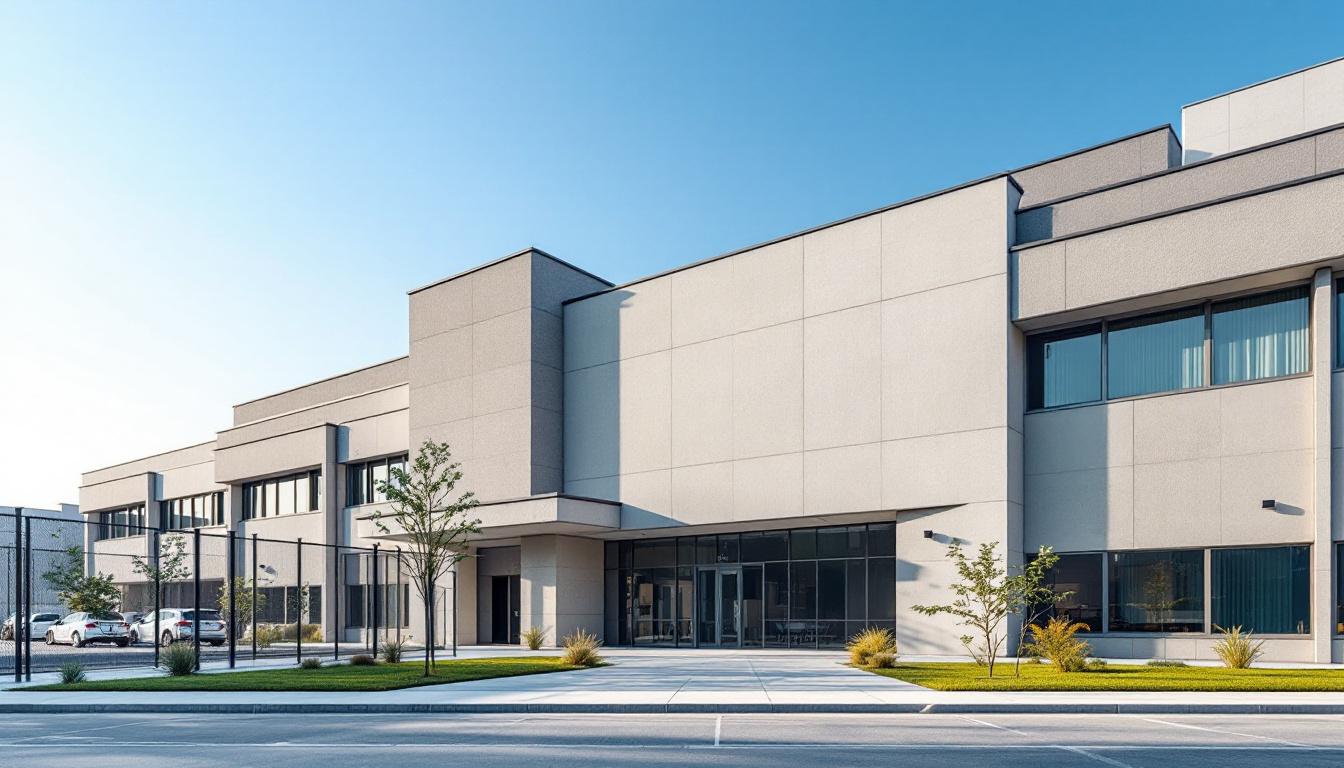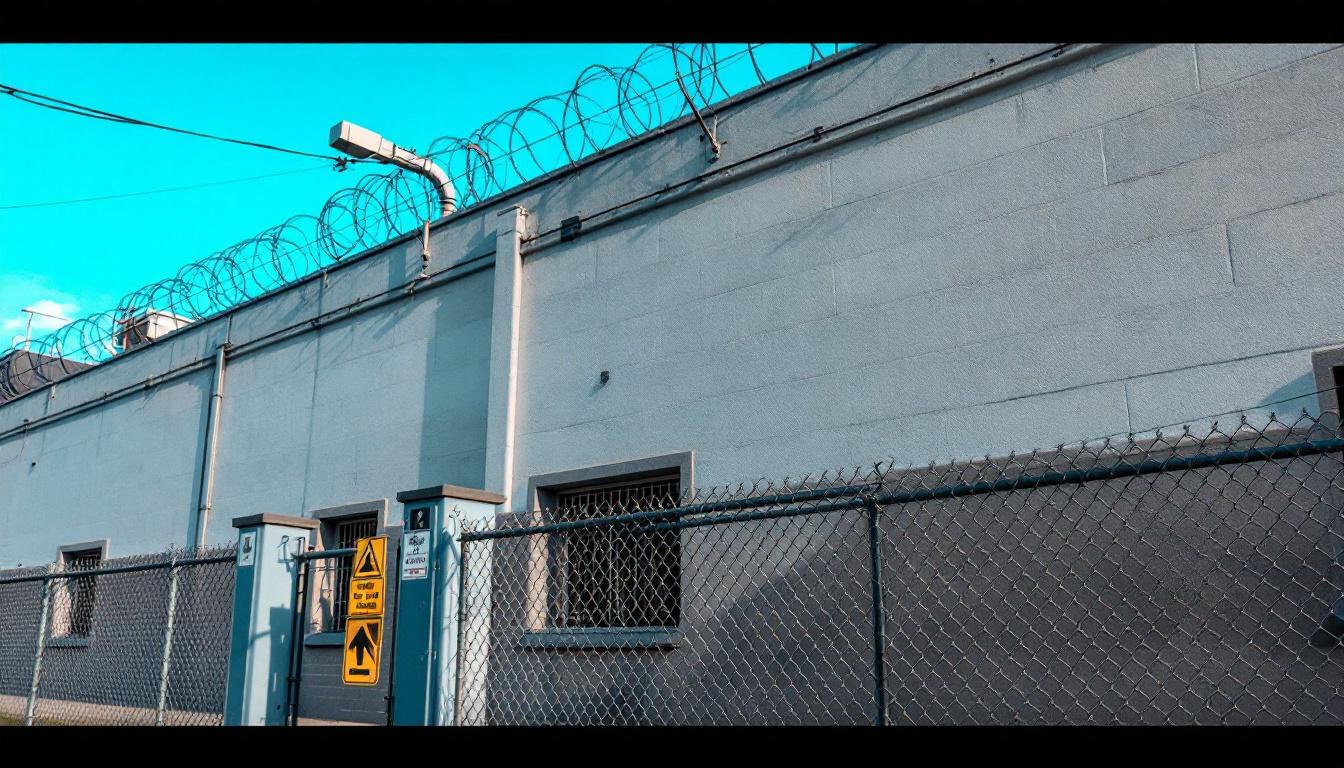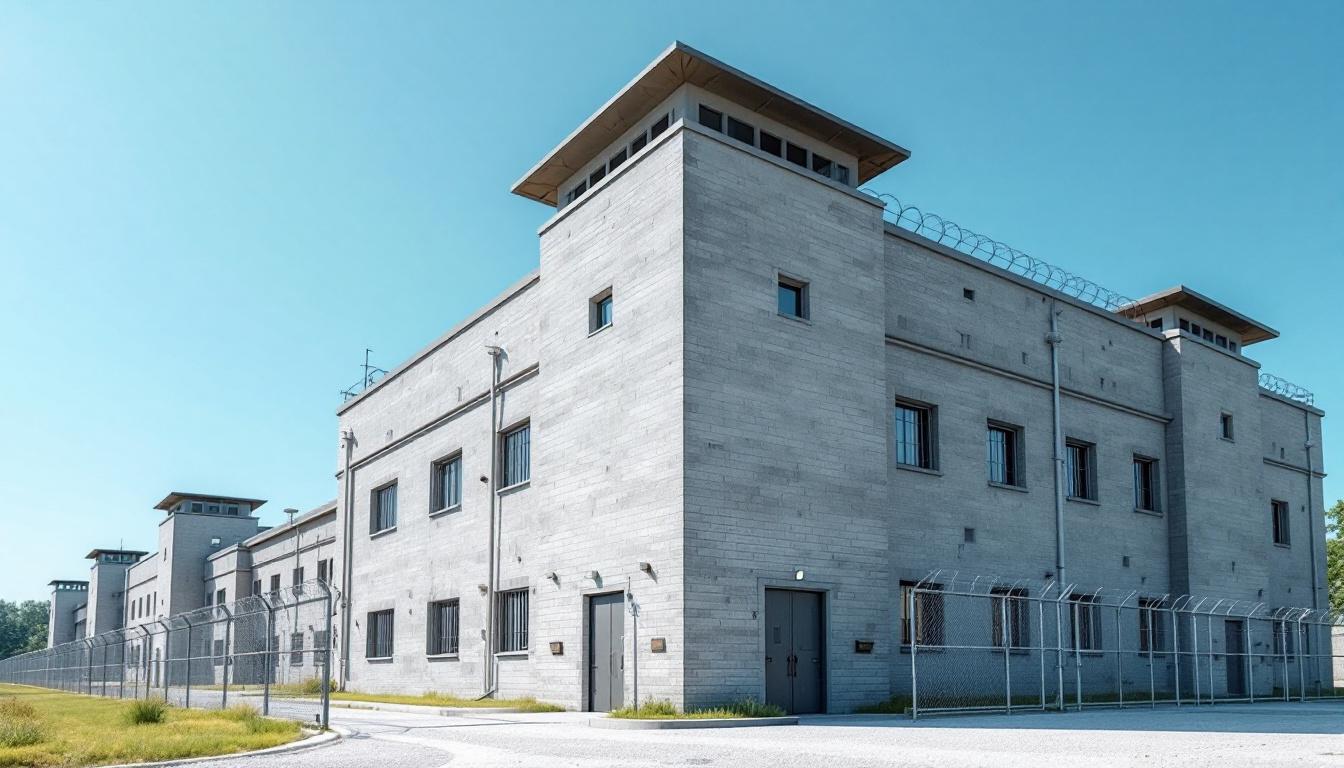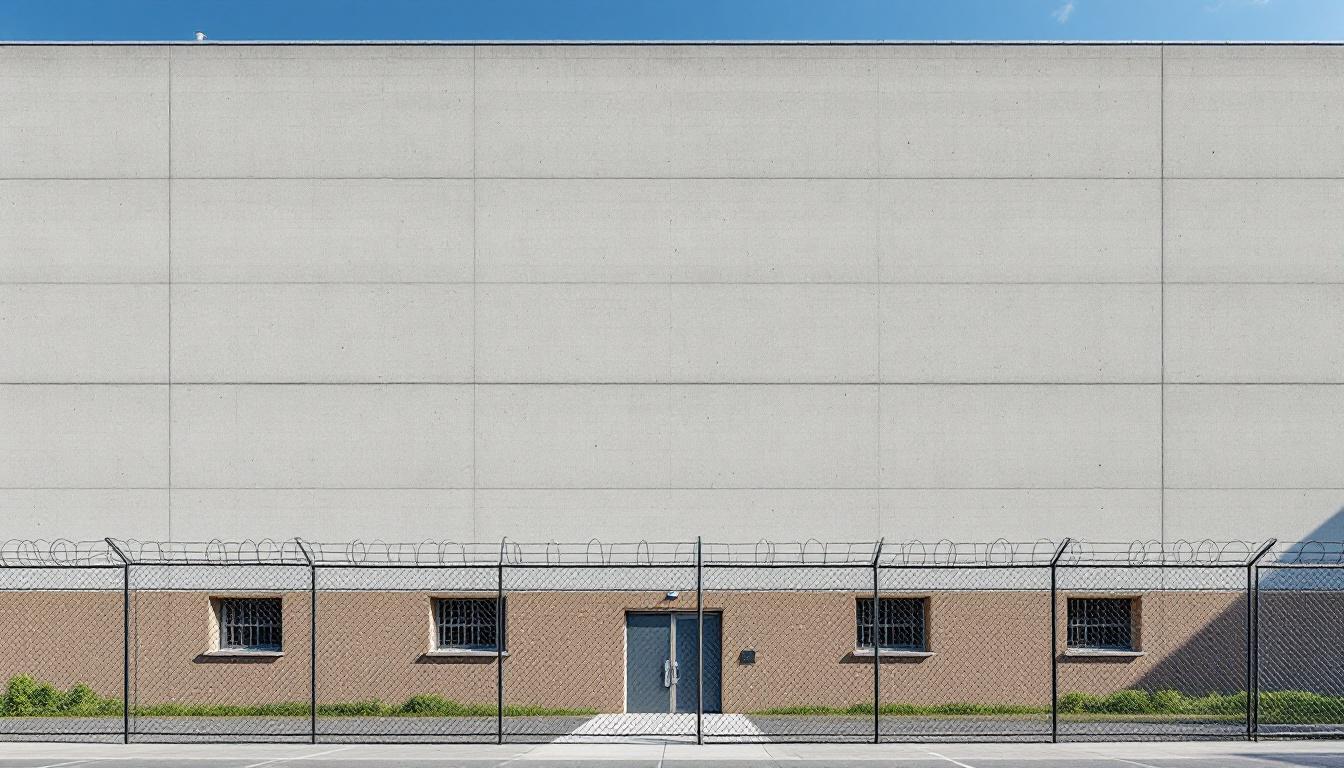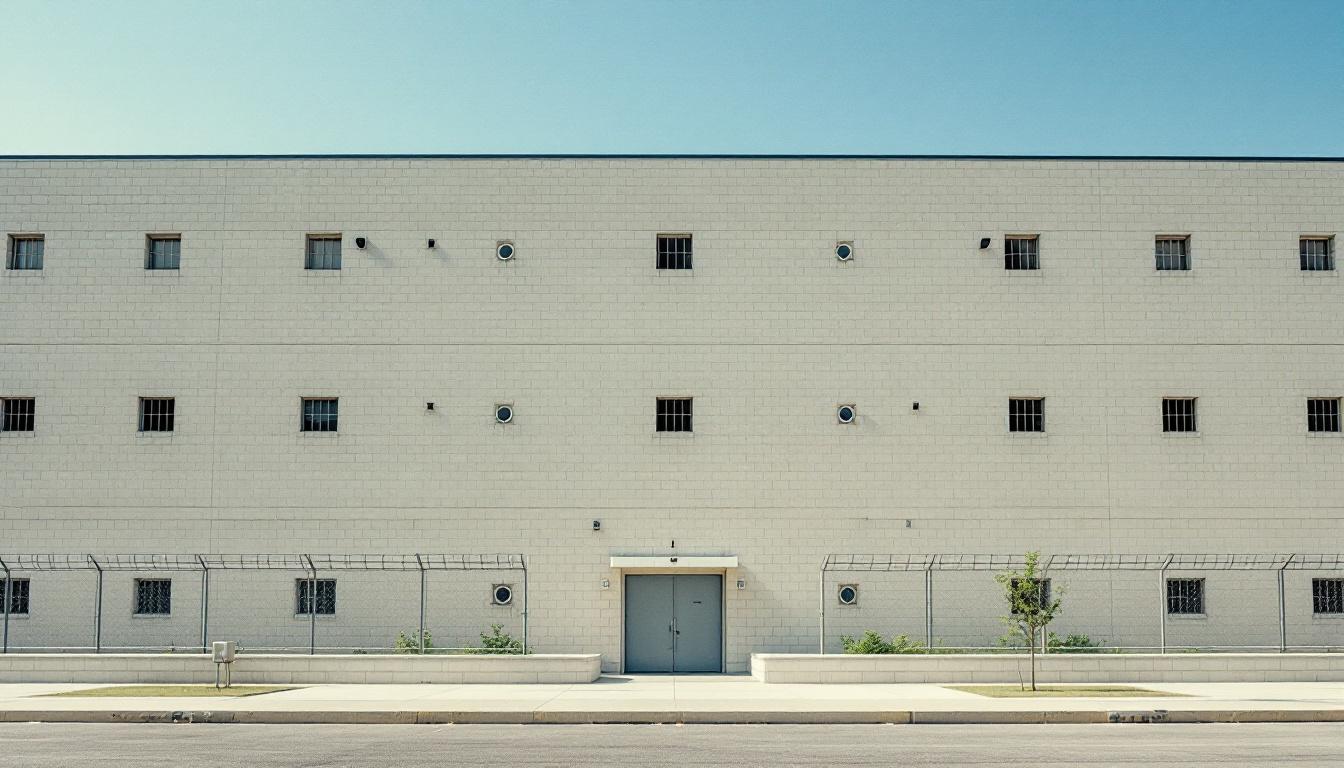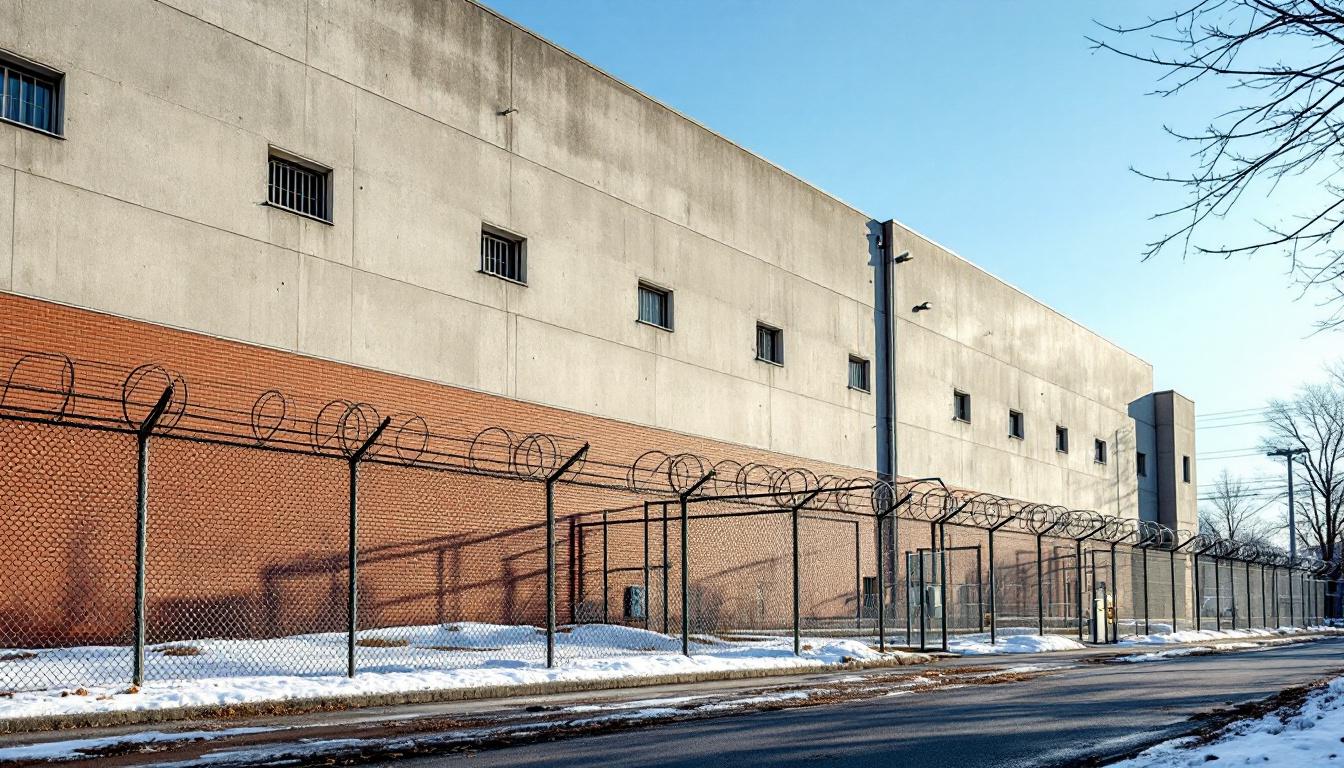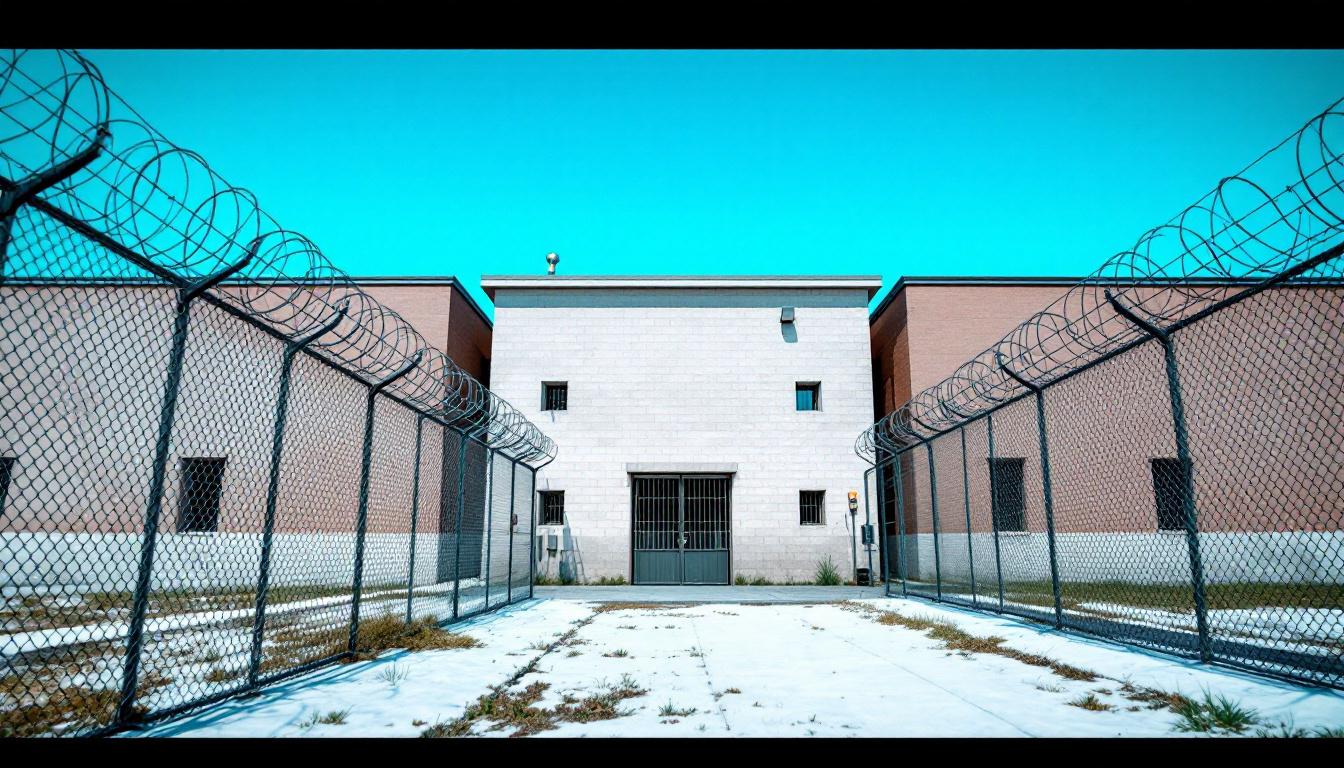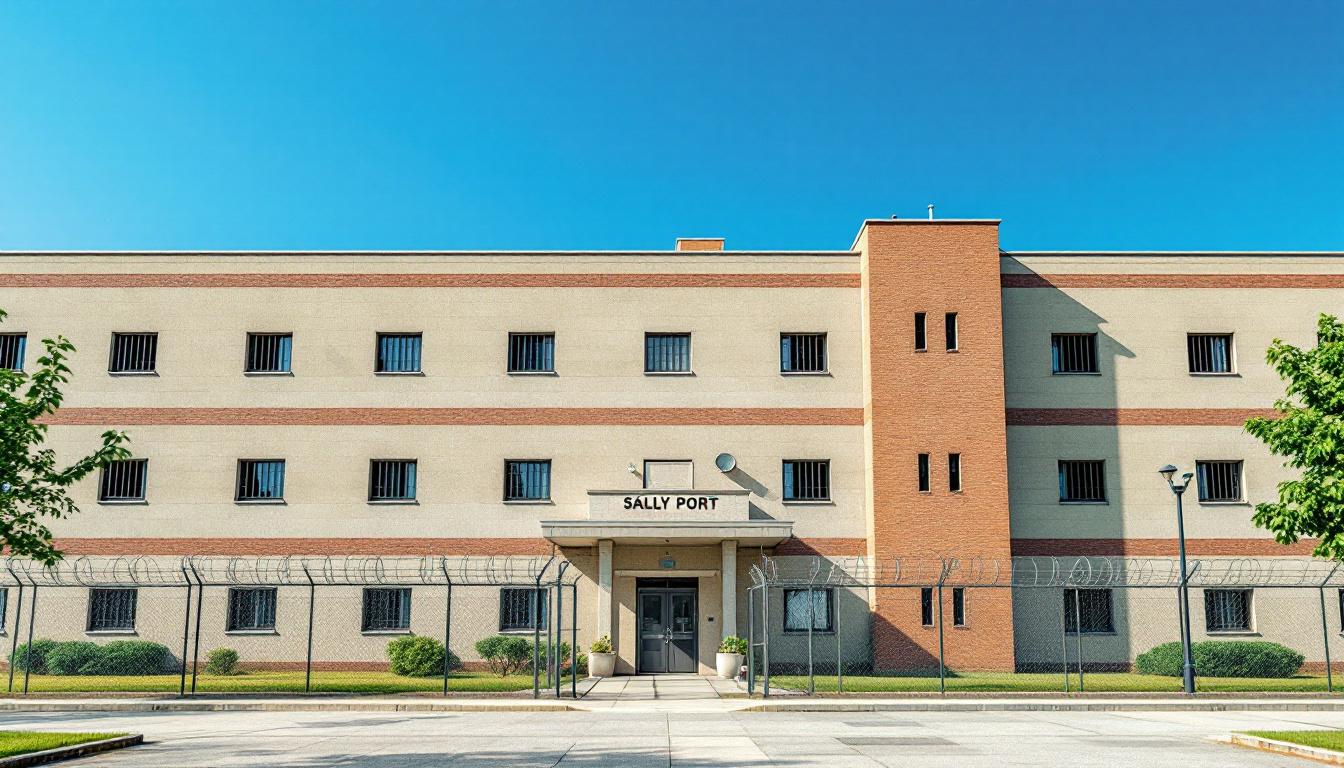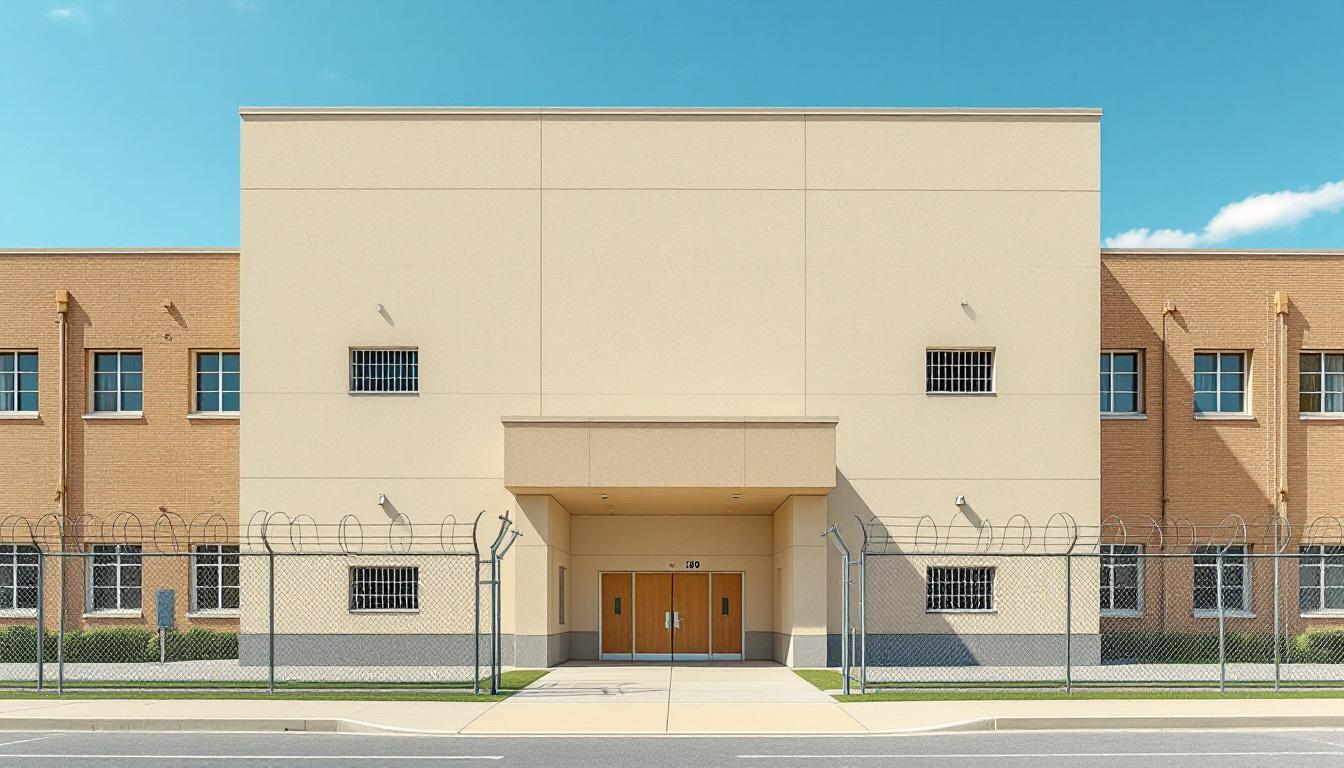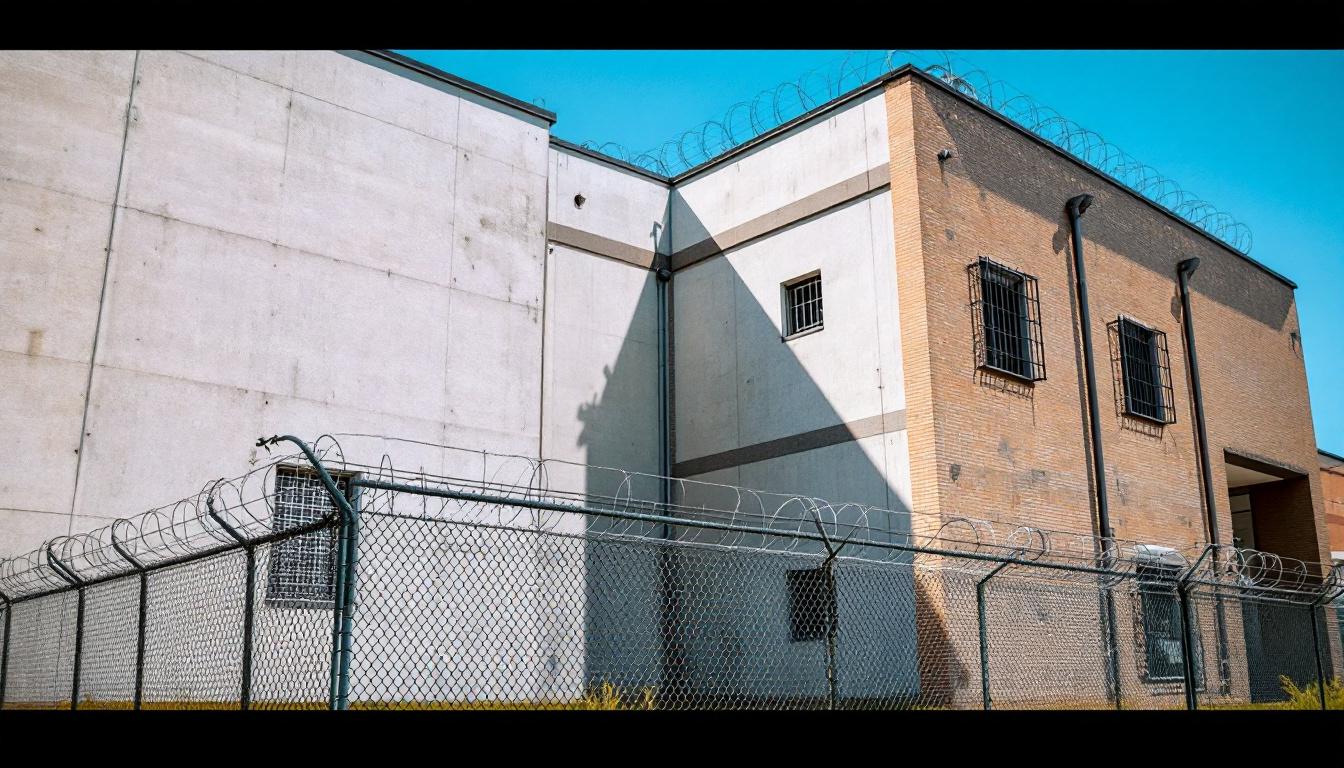
Quick Navigation
How to contact an inmate at Greensville Correctional Center
This comprehensive guide will walk you through how to connect with an inmate at Greensville Correctional Center. Follow the steps below to find an inmate and send letters and photos:
- Search for the inmate using our search tool below
- Create your account or log in to Penmate
- Write your message (up to 6,000 characters)
- Send instantly - inmates receive printed copies daily
Find an Inmate
Search for an inmate to start communicating today
Tip: You can search by first name, last name, or inmate ID number
To contact a person at Greensville Correctional Center start by searching for the person on the official facility website. Perform a search by following these steps:
- Step 1: Enter their first name and last name into the search form and click "Search"
- Step 2: Locate their inmate record
- Step 3: Write down their Inmate ID and any housing information provided
Important! Be sure to enter the person's full name. Nicknames should not be used.
How to Send Messages to Inmates

You can use your phone or computer to send emails, letters, and photos to an inmate. Messages are sent electronically to inmate tablets or kiosks at the facility. If you would like to send a message, start by searching for an inmate at Greensville Correctional Center.
Sending Photos and Postcards

A great way to send love and support to a loved one at Greensville Correctional Center is to send photos and postcards. It only takes a few minutes to send photos from your phone and it makes a huge difference. You can also mail postcards with words of support and inspiration, or design your own postcard for special moments like birthdays and holidays.
Important! Be sure not to send any explicit photos or they may not be approved by the facility. You can also use a photo printing app like Penmate to make sure your photos are printed at the correct size (4x6 or 3x5) and are mailed according to the rules and regulations of Greensville Correctional Center.
Frequently asked questions about Greensville Correctional Center
-
How long does it take to deliver a message?
If you're sending an email message your letter is usually delivered within 24-48 hours. For messages sent via mail you should expect delivery within 3-7 days. All messages will need be approved by Greensville Correctional Center.
-
How much does it cost to send a message to Greensville Correctional Center?
You can send a message free using your phone or mail a message via USPS for the price of a $0.60 stamp and envelope. You can also purchase credits or e-stamps from services starting at $1.99.
-
What services can I use to contact an inmate at Greensville Correctional Center?
Penmate
You can use Penmate to send letters and photos to an inmate from your phone. It's an easy way to stay in touch during your loved one's incarceration. Use the inmate locator to find an inmate's location and contact information, then you can send messages within a few minutes.
Securus messaging
Securus may be another option for communicating with an inmate at Greensville Correctional Center. You can create a friends and family account and purchase credits to send messages. All messages will be reviewed and must be approved by the facility.
JPay
Some county jails and state prisons may support sending messages with JPay. You must register an account with the system, find your loved one, and purchase stamps to send messages. For some locations you can also attach photos.
Smart Jail Mail
You may also check if Smart Jail Mail is available at Greensville Correctional Center. Smart Jail Mail is operated by Smart Communications and has contracted with some state and county jails. After purchasing credits, your messages and photos are sent to the facility, printed out, and then handed out to your loved one.
-
What is the mailing address of Greensville Correctional Center?
Mailing address:
Greensville Correctional Center
901 Corrections Way
Jarratt, VA 23870
Phone: (434) 535-7000Business hours:
- Monday: Open 24 hours
- Tuesday: Open 24 hours
- Wednesday: Open 24 hours
- Thursday: Open 24 hours
- Friday: Open 24 hours
- Saturday: Open 24 hours
- Sunday: Open 24 hours
-
What are the visiting hours at Greensville Correctional Center?
Visiting hours at Greensville Correctional Center vary by housing unit and security level. Generally, visits are scheduled on weekends and holidays, with some facilities offering weekday visits. Contact the facility directly at (434) 535-7000 or check their website for the current visiting schedule. Visits typically last 30-60 minutes and must be scheduled in advance.
-
What items are prohibited when sending mail to Greensville Correctional Center?
Prohibited items typically include: cash, personal checks, stamps, stickers, glitter, glue, tape, staples, paperclips, polaroid photos, musical or blank greeting cards, hardcover books, magazines with staples, and any items containing metal or electronics. Only send letters on plain white paper with blue or black ink. Photos must be printed on regular photo paper (no Polaroids). Always check with Greensville Correctional Center for their specific mail policies.
-
How do I send money to an inmate at Greensville Correctional Center?
You can send money to an inmate at Greensville Correctional Center through several methods: 1) Online using JPay, Access Corrections, or the facility's approved vendor, 2) Money orders mailed directly to the facility with the inmate's name and ID number, 3) Kiosks located in the facility lobby, or 4) Over the phone using a credit or debit card. Fees vary by method, typically ranging from $2.95 to $11.95 per transaction.
-
Can I schedule a video visit with an inmate at Greensville Correctional Center?
Many facilities now offer video visitation as an alternative to in-person visits. At Greensville Correctional Center, video visits may be available through services like Penmate, Securus Video Connect, GTL, or ICSolutions. Video visits typically cost $10-20 for 20-30 minutes and must be scheduled in advance. You'll need a computer or smartphone with a camera and reliable internet connection. Contact the facility for their specific video visitation policies and approved vendors.
-
What identification do I need to visit an inmate at Greensville Correctional Center?
All visitors must present valid government-issued photo identification such as a driver's license, state ID, passport, or military ID. Minors must be accompanied by a parent or legal guardian who can provide the minor's birth certificate. Some facilities require visitors to be on the inmate's approved visitation list, which may require a background check. Contact Greensville Correctional Center for specific ID requirements and visitor approval procedures.
-
How can I find out an inmate's release date?
To find an inmate's release date at Greensville Correctional Center, you can: 1) Use the online inmate search tool if available, 2) Call the facility's records department, 3) Contact the inmate's case manager or counselor, or 4) Have the inmate provide this information during a call or visit. For privacy reasons, some facilities only release this information to immediate family members.
Facility Overview
Contact Information
Greensville Correctional Center901 Corrections Way
Jarratt, VA 23870
Phone: (434) 535-7000
Official Website
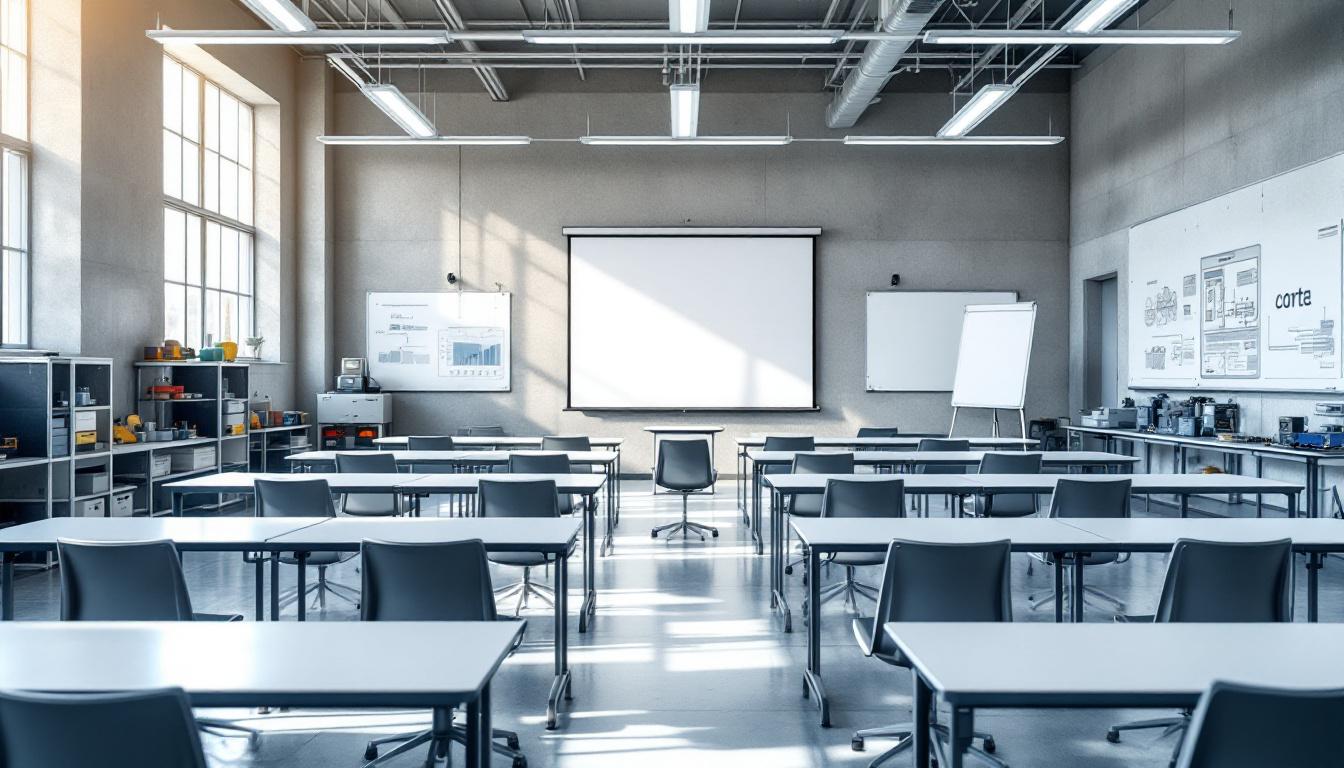
About Greensville Correctional Center
Nestled in the rural landscape of Burkeville, Virginia, Greensville Correctional Center operates as a significant VA correctional facility within the state's comprehensive corrections network. This correctional facility maintains a dual focus on maintaining secure operations while providing residents services that support personal development and eventual community reintegration. The facility typically emphasizes structured daily routines that balance security requirements with opportunities for meaningful engagement in various programming initiatives.
Educational programming often forms a cornerstone of the rehabilitation approach at this Burkeville location, with residents services generally including basic literacy instruction, GED preparation, and vocational training opportunities that may help individuals develop practical skills. The facility typically offers various counseling programs and substance abuse treatment options, recognizing that addressing underlying issues can play an important role in reducing recidivism. Mental health services are generally available to support residents who may benefit from therapeutic intervention during their incarceration period.
Beyond individual programming, Greensville Correctional Center usually maintains work programs that provide residents with opportunities to develop job skills while contributing to facility operations. These may include food service, maintenance, and other assignments that help individuals establish positive work habits. The facility's commitment to security and rehabilitation extends to family visitation programs and correspondence policies that typically allow residents to maintain meaningful connections with their support networks, which research suggests can be beneficial for successful reentry into the community.
Programs & Services
Cognitive behavioral initiatives form the cornerstone of rehabilitation efforts, addressing the underlying thought patterns and behaviors that may have contributed to residents' involvement in the criminal justice system. These evidence-based therapeutic approaches typically emphasize skill development, emotional regulation, and decision-making enhancement through structured group sessions and individual counseling opportunities. The facility's comprehensive approach recognizes that meaningful change requires addressing both practical needs and psychological barriers to successful reintegration.
Educational initiatives may deliver foundational literacy programs alongside advanced academic coursework, enabling residents to pursue high school equivalency credentials or explore post-secondary educational pathways. Also, vocational training opportunities often include construction trades, culinary arts, and automotive maintenance programs that provide hands-on experience with industry-standard equipment and techniques. These skill-building initiatives typically emphasize both technical competency and workplace readiness, preparing residents for sustainable employment upon release while fostering a sense of accomplishment and purpose during incarceration.
Therapeutic services may encompass grief counseling sessions that help residents process loss and trauma, while restorative justice initiatives often facilitate meaningful dialogue between offenders and community members affected by crime. Also, reentry preparation programs typically provide comprehensive support addressing housing assistance, employment placement, and community resource navigation. These interconnected support services recognize that successful rehabilitation requires addressing the complex web of personal, social, and economic factors that influence long-term outcomes, creating a foundation for residents to rebuild their lives and contribute positively to their communities.
Daily Life & Visitation
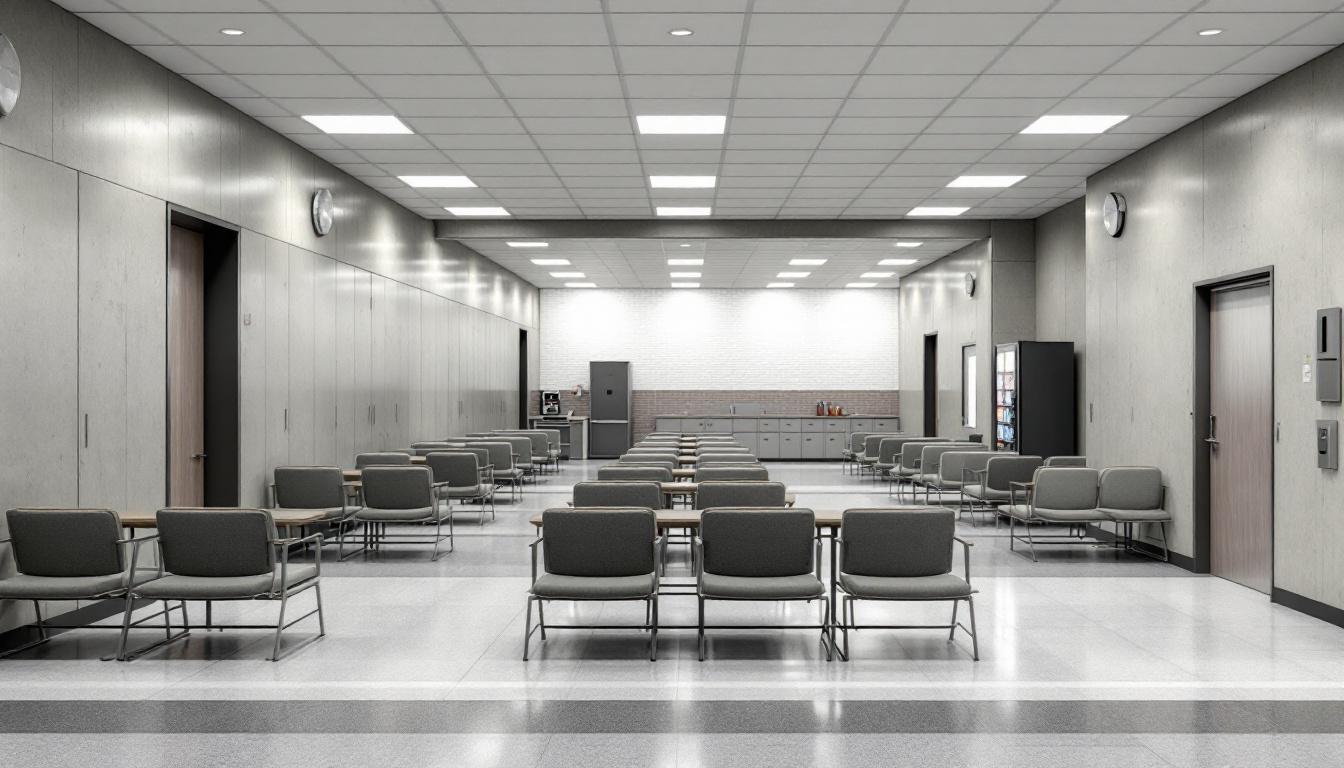
The consistent rhythm of count times, meal periods, and scheduled activities creates a predictable framework that many residents find helps them navigate their daily experience. Today begins early with morning count, followed by breakfast service that typically accommodates the facility's population through scheduled shifts. This structured approach consistently delivers stability through routine, as residents generally know what to expect from one day to the next, allowing them to focus on personal goals and programming participation.
Housing units at Greensville Correctional Center typically accommodate residents in various configurations, with living spaces that may include single or double occupancy arrangements depending on security classification and availability. Also, residents generally have access to basic personal property allowances and can often purchase additional items through the commissary system. Meals are usually served in designated dining areas according to housing unit schedules, with breakfast, lunch, and dinner provided at regular intervals throughout the day.
However, daily life extends beyond basic necessities to include structured programming opportunities that may deliver educational courses, vocational training, and recreational activities. Work assignments often provide residents with purposeful daily activities, ranging from facility maintenance to food service positions that help maintain institutional operations. Also, visitation policies typically allow for regular family contact through scheduled visits, while communication options may include phone calls and correspondence that help residents maintain important relationships with loved ones on the outside.
Ready to Connect?
Start communicating with your loved one today
Search for an Inmate
